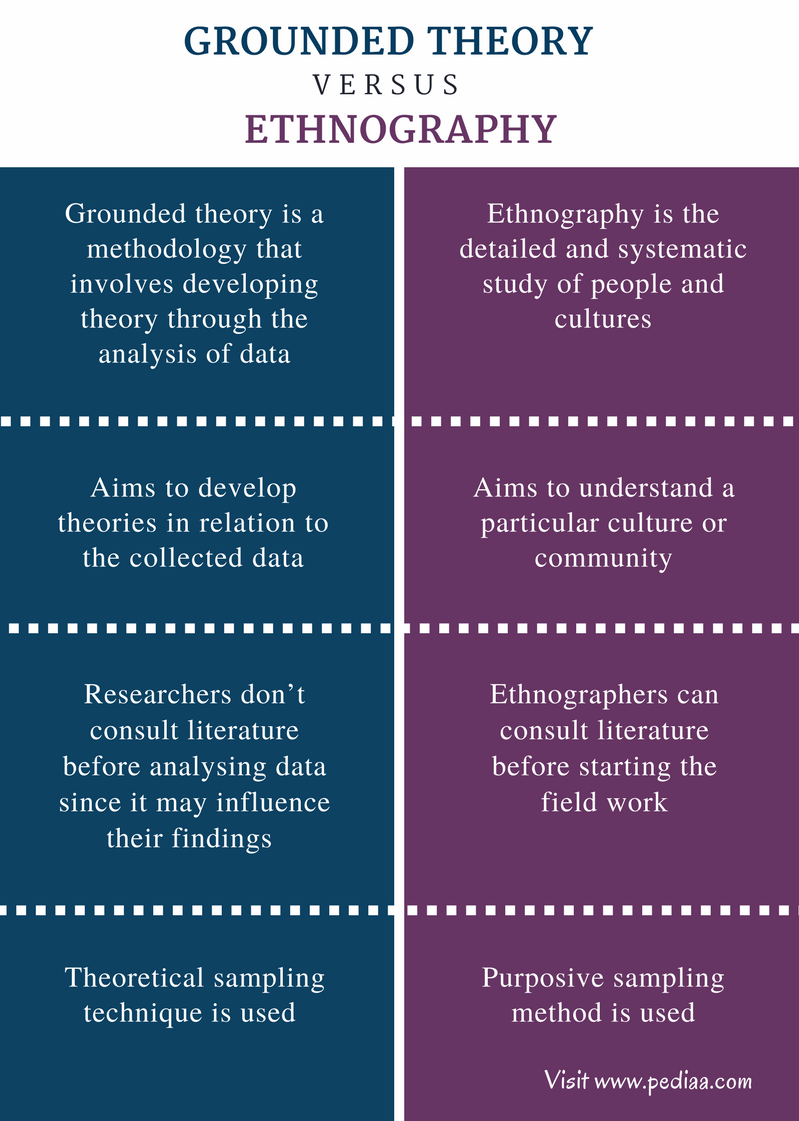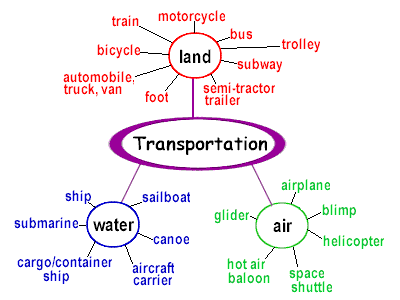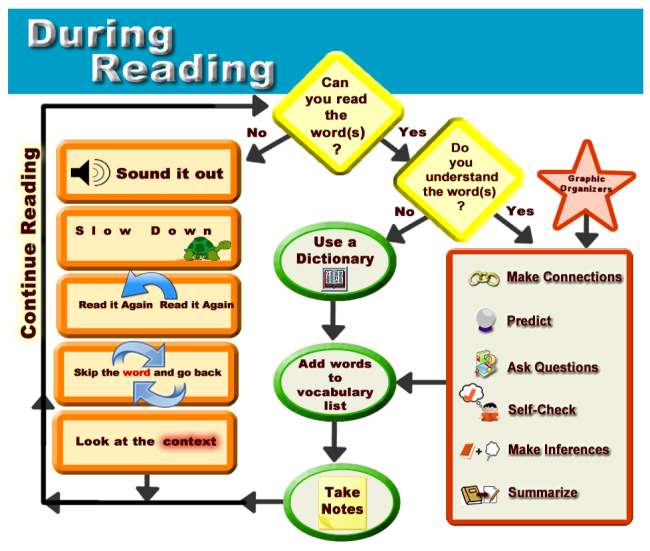

\





Cognitive Distortions
1.All-or-Nothing Thinking / Polarized Thinking
Also known as “Black-and-White Thinking,” this distortion manifests as an inability or unwillingness to see shades of gray. In other words, you see things in terms of extremes – something is either fantastic or awful, you are either perfect or a total failure.
2. Overgeneralization
This sneaky distortion takes one instance or example and generalizes it to an overall pattern. For example, a student may receive a C on one test and conclude that she is stupid and a failure. Overgeneralizing can lead to overly negative thoughts about oneself and one’s environment based on only one or two experiences.
3. Mental Filter
Similar to overgeneralization, the mental filter distortion focuses on a single negative and excludes all the positive. An example of this distortion is one partner in a romantic relationship dwelling on a single negative comment made by the other partner and viewing the relationship as hopelessly lost, while ignoring the years of positive comments and experiences.
The mental filter can foster a negative view of everything around you by focusing only on the negative.
4. Disqualifying the Positive
On the flip side, the “Disqualifying the Positive” distortion acknowledges positive experiences but rejects them instead of embracing them.
For example, a person who receives a positive review at work might reject the idea that they are a competent employee and attribute the positive review to political correctness, or to their boss simply not wanting to talk about their employee’s performance problems.
This is an especially malignant distortion since it can facilitate the continuance of negative thought patterns even in the face of lots of evidence to the contrary.
5. Jumping to Conclusions – Mind Reading
This “Jumping to Conclusions” distortion manifests as the inaccurate belief that we know what another person is thinking. Of course, it is possible to have an idea of what other people are thinking, but this distortion refers to the negative interpretations that we jump to.
Seeing a stranger with an unpleasant expression and jumping to the conclusion that they are thinking something negative about you is an example of this distortion.
6. Jumping to Conclusions – Fortune Telling
A sister distortion to mind reading, fortune telling refers to the tendency to make conclusions and predictions based on little to no evidence and holding them as gospel truth.
One example of fortune-telling is a young, single woman predicting that she will never find love or have a committed and happy relationship based only on the fact that she has not found it yet. There is simply no way for her to know how her life will turn out, but she sees this prediction as fact rather than one of several possible outcomes.
7. Magnification (Catastrophizing) or Minimization
Also known as the “Binocular Trick” for its stealthy skewing of your perspective, this distortion involves exaggerating the importance or meaning of things or minimizing the importance or meaning of things.
An athlete who is generally a good player but makes a mistake may magnify the importance of that mistake and believe that he is a terrible teammate, while an athlete who wins a coveted award in her sport may minimize the importance of the award and continue believing that she is only a mediocre player.
8. Emotional Reasoning
This may be one of the most surprising distortions to many readers, and it is also one of the most important to identify and address. The logic behind this distortion is not surprising to most people; rather, it is the realization that virtually all of us have bought into this distortion at one time or another.
Emotional reasoning refers to the acceptance of one’s emotions as fact. It can be described as “I feel it, therefore it must be true.” Of course, we know this isn’t a reasonable belief, but it is a common one nonetheless.
Relevant: What is Emotional Intelligence? + 18 Ways to Improve It
9. Should Statements
Another particularly damaging distortion is the tendency to make “should” statements. Should statements are statements that you make to yourself about what you “should” do, what you “ought” to do, or what you “must” do. They can also be applied to others, imposing a set of expectations that will likely not be met.
When we hang on too tightly to our “should” statements about ourselves, the result is often guilt that we cannot live up to them. When we cling to our “should” statements about others, we are generally disappointed by the failure of the others to meet our expectations, leading to anger and resentment.
10. Labeling and Mislabeling
These tendencies are basically extreme forms of overgeneralization, in which we assign judgments of value to ourselves or to others based on one instance or experience.
For example, a student who labels herself as “an utter fool” for failing an assignment is engaging in this distortion, as is the waiter who labels a customer “a grumpy old miser” if he fails to thank the waiter for bringing his food. Mislabeling refers to the application of highly emotional, loaded language when labeling.
11. Personalization
As the name implies, this distortion involves taking everything personally or assigning blame to yourself for no logical reason to believe you are to blame.
This distortion covers a wide range of situations, from assuming you are the reason a friend did not enjoy the girl’s night out, to the more severe examples of believing that you are the cause for every instance of moodiness or irritation in those around you.
In addition to these basic cognitive distortions, Beck and Burns have mentioned a few others (Beck, 1976; Burns, 1980):
12. Control Fallacies
A control fallacy manifests as one of two beliefs: (1) that we have no control over our lives and are helpless victims of fate, or (2) that we are in complete control of ourselves and our surroundings, giving us responsibility for the feelings of those around us. Both beliefs are damaging, and both are equally inaccurate.
No one is in complete control of what happens to them, and no one has absolutely no control over their situation. Even in extreme situations where an individual seemingly has no choices in what they do, where they go, or what they say, they still have a certain amount of control over how they approach their situation mentally.
13. Fallacy of Fairness
While we would all probably prefer to operate in a world that is fair, this assumption is not based in reality and can foster negative feelings when we are faced with proof of life’s unfairness.
A person who judges every experience by its perceived fairness has fallen for this fallacy, and will likely feel anger, resentment, and hopelessness when they inevitably encounter a situation that is not fair.
14. Fallacy of Change
Another fallacy distortion involves expecting others to change if we pressure or encourage them enough. This distortion is usually accompanied by a belief that our happiness and success rests on other people, leading us to believe that forcing those around us to change is the only way to get what we want.
A man who thinks “If I just encourage my wife to stop doing the things that irritate me, I can be a better husband and a happier person” is exhibiting the fallacy of change.
15. Always Being Right
Perfectionists and those struggling with Imposter Syndrome will recognize this distortion – it is the belief that we must always be right, correct, or accurate. With this distortion, the idea that we could be wrong is absolutely unacceptable, and we will fight to the metaphorical death to prove that we are right.
For example, the internet commenters who spend hours arguing with each other over an opinion or political issue far beyond the point where reasonable individuals would conclude that they should “agree to disagree” are engaging in the “Always Being Right” distortion. To them, it is not simply a matter of a difference of opinion, it is an intellectual battle that must be won at all costs.
16. Heaven’s Reward Fallacy
This distortion is a popular one, particularly with the myriad examples of this fallacy playing out on big and small screens across the world. The “Heaven’s Reward Fallacy” manifests as a belief that one’s struggles, one’s suffering, and one’s hard work will result in a just reward.
It is obvious why this type of thinking is a distortion – how many examples can you think of, just within the realm of your personal acquaintances, where hard work and sacrifice did not pay off?
Sometimes no matter how hard we work or how much we sacrifice, we will not achieve what we hope to achieve. To think otherwise is a potentially damaging pattern of thought that can result in disappointment, frustration, anger, and even depression when the awaited reward does not materialize.
About Rabindrik play therapy :
A. Rabindrik play therapy is evidence based, real time, object oriented, auto suggestive in which client or patient uses own imagination freely to create meaningful awareness of the tri-layers of consciousness and to optimize the consciousness flow.
B. Types:Rabindrik play therapy is of two types - Free imagery and guided imagery. Free imagery is selection of any song out of archive and guided imagery is selected by therapist using systematic research design.
C. Functions of Rabindrik play therapist:
1. To establish contact the play with three layers of consciousness.
2. To create the flow across consciousness layers.
3. To locate movement of the consciousness loci and it's functions.
4. Therapist improvises situations out of preferred Rabindra sangeet.
5. Therapist if necessary may assist by cue in interpretation.
6. Therapist will be concerned with subject's own interpretation on the symbols.
7. Play therapist will encourage
Free association of the consciousness layers.
D. Research methodology : Rabindrik play therapy follows both naturalistic and experimental conditions on single individual and group of individuals.
It follows both qualitative and quantitative techniques in conducting research. I have applied phenomenological approach but one can use grounded theory.
| Age | Sex | Stream | Father's Occupation | Mother's Occupation | R | I | A | S | E | C | ||
| 18 | Male | CS | Business | Homemaker | 5 | 5 | 1 | 3 | 5 | 1 | ||
| 19 | Male | CS | Shop Keeper | Homemaker | 1 | 1 | 4 | 3 | 2 | 4 | ||
| 18 | Male | CS | Service | Homemaker | 6 | 4 | 4 | 2 | 4 | 2 | ||
| 18 | Male | CS | RPF | Nurse | 4 | 2 | 4 | 3 | 3 | 3 | ||
| 19 | Male | CS | Cultivation | Homemaker | 3 | 5 | 4 | 2 | 4 | 2 | ||
| 18 | Male | CS | Business | Homemaker | 3 | 3 | 2 | 1 | 4 | 2 | ||
| 18 | Male | CS | Self Employed | Homemaker | 4 | 2 | 3 | 2 | 4 | 1 | ||
| 19 | Male | CS | Service | Homemaker | 5 | 5 | 6 | 4 | 3 | 3 | ||
| 18 | Male | CS | Private Service | Private Tutor | 5 | 2 | 4 | 3 | 3 | 3 | ||
| 18 | Male | CS | None | Homemaker | 5 | 6 | 4 | 3 | 4 | 2 | ||
| 18 | Male | CS | Retired IAF Surgent | Homemaker | 5 | 2 | 4 | 3 | 2 | 4 | ||
| 18 | Male | CS | Service | Homemaker | 4 | 3 | 6 | 4 | 6 | 0 | ||
| 18 | Male | CS | Business | Homemaker | 5 | 3 | 3 | 4 | 3 | 3 | ||
| 19 | Male | CS | Farmer | Homemaker | 2 | 5 | 0 | 2 | 4 | 2 | ||
| 17 | Male | CS | Service | Homemaker | 3 | 4 | 2 | 3 | 3 | 3 | ||
| 17.5 | Male | CS | Retired IAF Surgent | Homemaker | 3 | 1 | 2 | 3 | 4 | 2 | ||
| 17 | Male | CS | Compounder | Homemaker | 5 | 3 | 1 | 2 | 5 | 1 | ||
| 17 | Male | CS | Post Master | Teacher | 3 | 3 | 2 | 1 | 5 | 1 | ||
| 17 | Male | CS | Railway Service | Homemaker | 4 | 5 | 1 | 2 | 2 | 3 | ||
| 18 | Male | CS | Business | Homemaker | 3 | 4 | 4 | 4 | 2 | 4 | ||
| 18 | Male | CS | Service | Teacher | 5 | 4 | 1 | 3 | 2 | 4 | ||
| 17 | Male | CS | Service | Self Employed | 4 | 5 | 1 | 3 | 4 | 2 | ||
| 18 | Male | CS | Railway Service | Homemaker | 5 | 4 | 5 | 4 | 4 | 3 | ||
One good research paper
https://audiologyresearch.org/index.php/audio/article/view/222/266
AMA format
http://research.wou.edu/ama/amapaperformat
http://www.citethisforme.com/citation-generator/ama
MLA format
http://olympus.sandhills.edu/english/wordguide/mlaformat.html